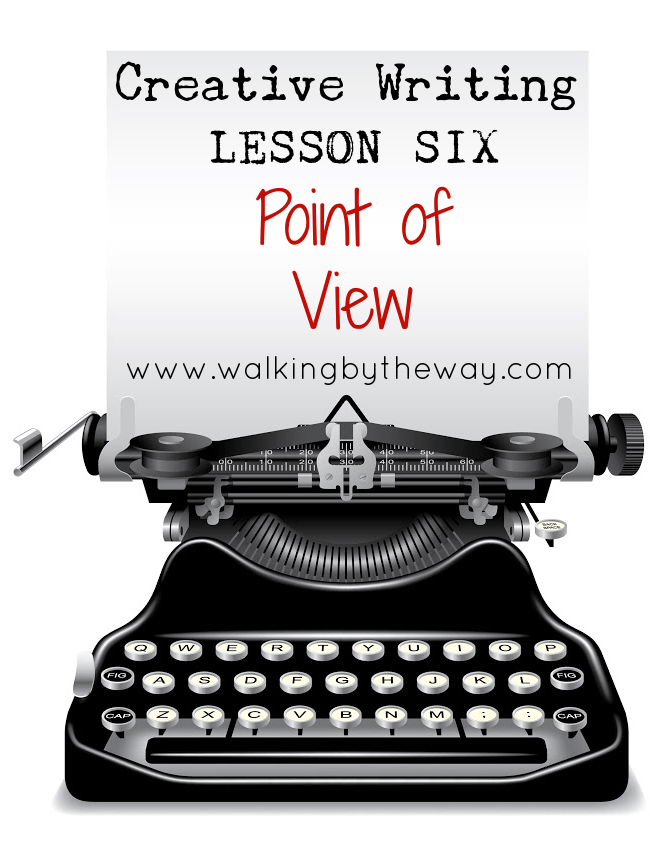
In the last creative writing lesson, we focused on character and conflict. Short story writing continues to be the focus in this lesson as we examine point of view.
Point of View Lesson Plan
1.Homework highlights: read and discuss the good, the bad, and the ugly from homework assignments.
2. Read “Point of View” by Shel Silverstein and introduced point of view as a story element. I outlined the different types of point of view using this informational page.
First Person Point of View
First Person point of view is when an author chooses a character and writes from the one character’s point of view. The author is part of the story.
The writer doesn’t know internal thoughts and feelings about the other characters in the story. The character can only see what other people do.
This point of view uses these pronouns: I, me, and my.
Third Person, Limited Point of View
From this point of view, the writer is not part of the story. The writer serves as a narrator, watching from the outside.
Since this is a limited point of view, the writer only knows the thoughts and feelings of one character.
This point of view uses these pronouns: he, him, his, or she, her, hers.
Third Person, Omniscient Point of View
In this type of point of view, the author is still a narrator, but the author sees and knows everything happening with all of the characters including thoughts, feelings, and motives.
This point of view uses these pronouns: he, him, his, and she, her, hers.
3. Read “New World” by Shel Silverstein. Ask students to describe what they see from where they are sitting in their chairs. Get under the desk (or table). Now what do they see? Stand on your chairs. What do they see? Go outside of the classroom. What do they see?
Discuss how authors use different points of view and different perspectives, too.
4. Read “The Blind Man and the Elephant” and continue the discussion on perspective and point of view.
5. Previous to this class, I printed William Johnson paintings.
Each student chose a picture. I told them they would write a description or short story based on the scene. Then, they would write another description from a different point of view (1st person; 3rd person, limited; third person, omniscient) and/or different perspective (different person in the room, an inanimate object in the room, etc.). Students had time to start working on this in class.
6. We discussed the upcoming assignments.
Creative Writing Lesson Printables for Point of View
Click on the image below to scoop up the printables for this week.
More Creative Writing Lessons
If you are looking for more creative writing lessons, try these:


Thank you so much for this lesson plan! I used it in our homeschool co op and the kids loved it.
Thanks so much for your encouraging feedback!